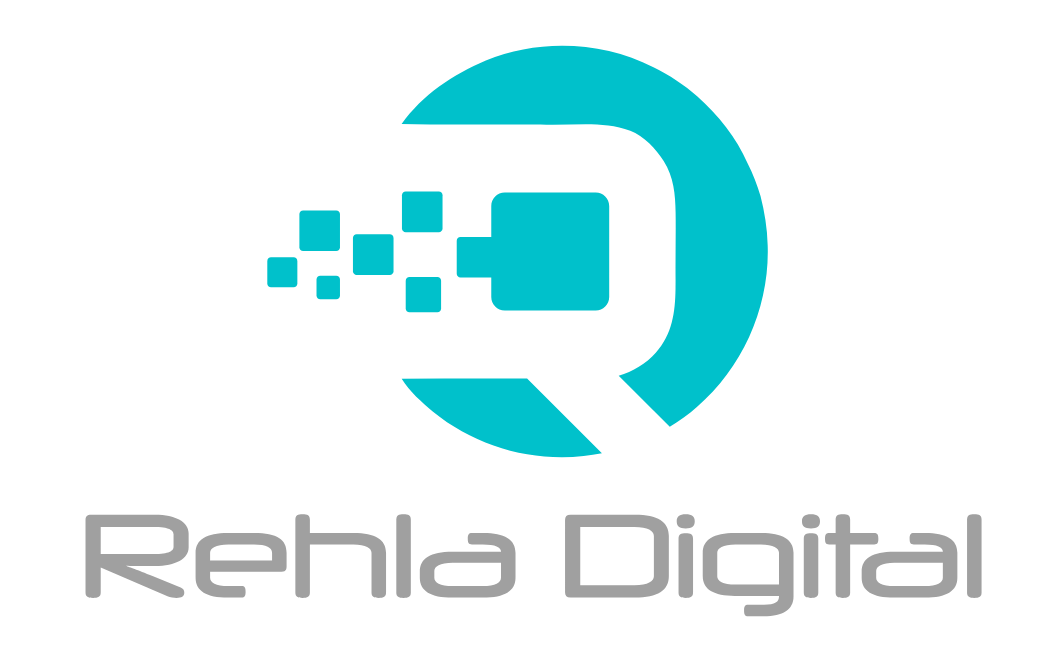How to Develop a Comprehensive Digital Marketing Plan
Digital marketing has become an essential aspect of any business strategy, helping brands connect with their target audiences, drive sales, and build loyalty. However, the success of digital marketing efforts heavily depends on having a well-structured plan. This guide will walk you through the steps to develop a comprehensive digital marketing plan that aligns with your business goals.
Understand Your Business Goals and Objectives
Before diving into digital marketing tactics, it’s crucial to have a clear understanding of your business goals. Ask yourself: What do you want to achieve through digital marketing? Is it increased brand awareness, lead generation, customer retention, or driving sales? Define these objectives clearly as they will guide your entire digital marketing strategy.
Example Objectives:
- Increase website traffic by 30% within six months.
- Generate 500 new leads each month.
- Improve social media engagement by 50% over the next quarter.
Identify Your Target Audience
Knowing your target audience is key to any marketing plan. Create detailed buyer personas that represent your ideal customers. Consider factors like demographics, interests, behavior, and pain points. Understanding your audience will help you tailor your messaging and choose the right channels to reach them effectively.
Steps to Identify Your Target Audience:
- Analyze existing customer data.
- Conduct surveys and interviews.
- Use tools like Google Analytics to gain insights into your website visitors.

Conduct a SWOT Analysis
A SWOT analysis (Strengths, Weaknesses, Opportunities, Threats) helps you assess your current position in the market and identify areas for improvement. By understanding your strengths and weaknesses, you can create strategies that leverage your strengths and mitigate your weaknesses.
Components of SWOT Analysis:
- Strengths: What does your business do well? (e.g., strong brand recognition)
- Weaknesses: Where can your business improve? (e.g., limited online presence)
- Opportunities: What external factors can you exploit? (e.g., emerging social media platforms)
- Threats: What external challenges do you face? (e.g., increasing competition)
Choose the Right Digital Marketing Channels
Not all digital marketing channels will be effective for your business. Based on your target audience and objectives, select the channels that will deliver the best results. Common digital marketing channels include:
- Search Engine Optimization (SEO): Improve your website’s visibility on search engines.
- Content Marketing: Create valuable content to attract and engage your audience.
- Social Media Marketing: Leverage platforms like Facebook, Instagram, LinkedIn, and Twitter to connect with your audience.
- Email Marketing: Use email campaigns to nurture leads and retain customers.
- Pay-Per-Click Advertising (PPC): Run ads on platforms like Google Ads and social media to drive traffic quickly.
Develop a Content Strategy
Content is the cornerstone of digital marketing. Your content strategy should outline the type of content you will create, how often you will publish it, and where it will be distributed. This includes blog posts, videos, infographics, social media posts, and more. Ensure your content is aligned with your audience’s needs and your business goals.
Key Aspects of a Content Strategy:
- Content Types: Blog posts, videos, infographics, podcasts, etc.
- Content Calendar: Plan and schedule content in advance.
- SEO Optimization: Ensure your content is optimized for search engines.
- Distribution Channels: Identify where your content will be published and promoted.

Set a Budget and Allocate Resources
Determine how much you’re willing to invest in your digital marketing efforts. Your budget should cover all aspects, including tools, paid ads, content creation, and personnel. Allocate resources effectively to ensure each channel and campaign has the necessary funding and support.
Budget Considerations:
- Tools and Software: CRM systems, analytics tools, SEO tools, etc.
- Paid Advertising: PPC, social media ads, influencer marketing, etc.
- Content Creation: Costs for writers, designers, videographers, etc.
- Personnel: In-house team or outsourced agencies.
Measure and Analyze Your Results
Tracking the performance of your digital marketing efforts is critical to understanding what’s working and what isn’t. Use analytics tools to measure key metrics such as website traffic, conversion rates, social media engagement, and ROI. Regularly review your data and adjust your strategy accordingly to optimize your results.
Key Metrics to Track:
- Website Traffic: Monitor the number of visitors and their behavior.
- Conversion Rates: Measure how many visitors are converting into leads or customers.
- Social Media Engagement: Track likes, shares, comments, and followers.
- ROI: Calculate the return on investment for each campaign.
Adjust and Optimize Your Strategy
Digital marketing is dynamic, and strategies that work today may not be effective tomorrow. Continuously monitor your performance and be ready to adjust your tactics as needed. Whether it’s tweaking your ad campaigns, updating your content, or exploring new channels, staying flexible is key to long-term success.
Ways to Optimize:
- A/B Testing: Experiment with different elements of your campaigns.
- Feedback Loops: Gather feedback from your audience to improve your offerings.
- Industry Trends: Stay updated on the latest digital marketing trends and tools.
Developing a comprehensive digital marketing plan requires careful planning, continuous monitoring, and the flexibility to adapt to changes. By following these steps, you can create a strategic roadmap that helps your business achieve its goals, connect with your audience, and stay ahead in the competitive digital landscape.

